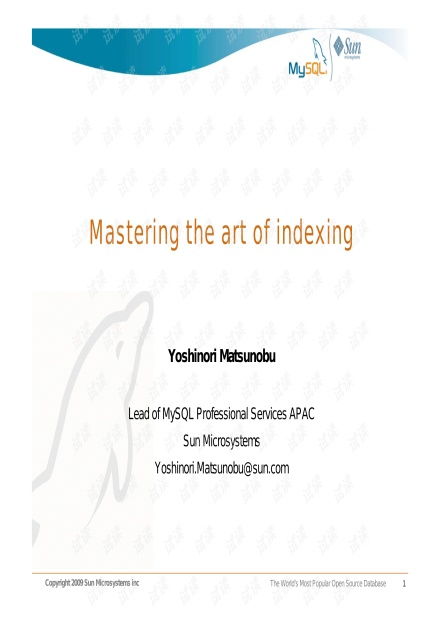Content:
Fishing for sea perch, also known as European sea bass or simply perch, can be a rewarding experience, especially when the weather is less than perfect. Rainy days, with their cooler temperatures and increased oxygen levels in the water, can actually be prime conditions for catching these fish. Here are some essential techniques to help you master the art of fishing for sea perch on a rainy day.
Choose the Right Gear

The first step in successful perch fishing on a rainy day is to equip yourself with the right gear. Here's what you'll need:
- Rod and Reel: A medium-heavy action rod with a fast reel is ideal for perch. The rod should be at least 6 to 7 feet long to handle the fight and the reel should have a good drag system to handle the fish's strong runs.
- Line: Use a monofilament line with a breaking strength of 12 to 15 pounds. This will provide enough strength to land a good-sized perch without being too heavy and spooking them.
- Hooks: Perch are bottom feeders, so use a size 2 to 4 hook, depending on the size of the bait you're using.
- Leader: A 12 to 18-inch leader of 20 to 30-pound test fluorocarbon line is recommended to reduce visibility and increase your chances of a successful catch.
Select the Right Bait
Perch are opportunistic feeders and will take a variety of baits. Here are some effective options:
- Live Bait: Live bait such as worms, leeches, or small fish like smelt or sardines can be highly effective. The natural movement and scent of live bait can attract perch from a distance.
- Artificial Lures: Soft plastics like grubs, swimbaits, and jigs can mimic the movement of small fish and are great for attracting perch. Choose colors that match the natural prey in the area.
- Dead Bait: Cut bait like squid, herring, or mackerel can also be effective. These baits are less likely to spook the fish and can be used in areas where live bait is not available.
Find the Perfect Spot
On a rainy day, perch often seek shelter in deeper water or under structures like rocks, logs, or piers. Here are some tips for finding the perfect spot:
- Deeper Water: Look for areas with depths of 10 to 20 feet, as perch tend to congregate in these depths during inclement weather.
- Structure: Perch often use structure for protection and to ambush prey. Look for areas with rocks, logs, or other natural or artificial structures.
- Tides: Pay attention to the tide schedule. Perch are often found in areas where the current is strongest, such as around piers or in channels.
Cast and Retrieve Strategically
When fishing for perch on a rainy day, it's important to cast and retrieve your bait in a way that mimics the natural movement of prey:
- Cast: Cast your bait out into the water and let it sink to the desired depth. If you're using live bait, allow it to settle naturally on the bottom.
- Retrieve: Retrieve your bait in a slow and erratic manner. This can be done by twitching the rod tip, letting the bait flutter, or by using a steady retrieve with occasional pauses.
- Patience: Perch can be quite cautious, especially on rainy days. Be patient and wait for a natural bite rather than setting the hook too quickly.
Weather Awareness
Fishing on a rainy day requires being aware of the weather conditions and their potential impact on your fishing experience:
- Rain: Rain can make it difficult to see and cast, so dress appropriately with waterproof gear and consider using a rain cover for your rod and reel.
- Wind: Wind can affect your casting and retrieve, so be prepared to adjust your technique accordingly.
- Visibility: Rain can reduce visibility, so be cautious when navigating the water and when reeling in your catch.
By following these essential techniques, you'll be well on your way to mastering the art of fishing for sea perch on a rainy day. Remember, the key is to be patient, adapt to the conditions, and enjoy the experience of being out on the water. Happy fishing!












